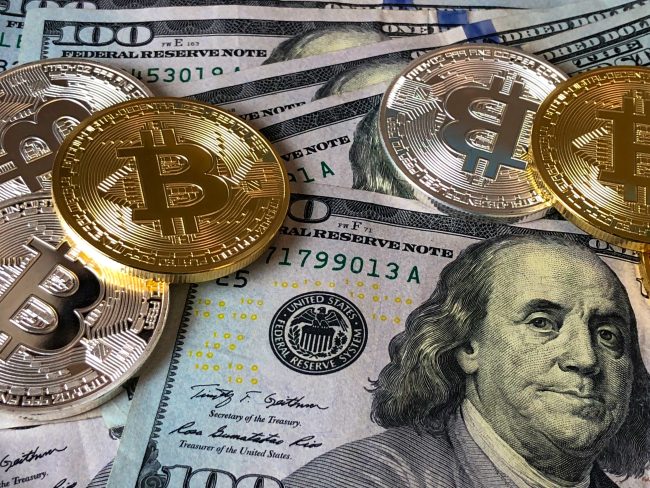Over the years, credit cards have become more and more secure; they have evolved to such an extent that many rely on them for their daily transactions, be they groceries or online shopping.
Nonetheless, many still fall victim to fraudulent activities or identity theft. Victims of such crimes face unwanted trouble. Although the bank’s zero-liability policy can save the victims from their financial losses, they need to report the fraud within 60 days.
Any fraudulent activities that go unnoticed by the victims can ruin their credit score, which can cause financial troubles when they apply for a loan, buy a house, or rent.
As per the latest report revealed in 2021, global credit card fraudulent cases amounted to more than $32 billion, and this number is likely to grow to $38 billion by the end of 2027. These figures are the ones that have been reported; several cases go unnoticed.
Anyone can fall victim easily since they lack the necessary awareness regarding protecting credit cards from obvious threats. In this article, we will guide you through taking the necessary steps to avoid falling victim to potential credit card scams and fraudulent activities.
Prevention of credit card fraud
Although some might consider that it is challenging to stop falling victim to credit card fraud, on the contrary, it is quite simple to take the necessary steps.
Securing the login details
It is advisable to refrain from sharing your credit card PINs and login credentials for mobile applications and Internet banking. It doesn’t matter if it’s your near and dear ones or someone else, verbally, written on paper, or by email.
Avoid paying upfront.
Scammers fool their victims by sending random emails requesting they pay taxes, and fees to claim a large sum of money in a sweepstakes, lottery, or overseas investment. Avoid paying for such schemes upfront since they are 100% fraud. There are 100% chances that you may lose not only your money but also your credit card details and potential identity theft.
Give yourself some time before you make the payment.
Several advertisements prompt their users to “pay now” to avail of a discount. These are pressure tactics that compel the credit card user into impulsive buying. Always consider the pros and cons of the service or product and the authenticity of the website before paying.
Use caution when you download
Scammers use phishing, which is similar to fishing, but instead of fishermen using bait to lure in a fish, scammers use tactics that compel their victims into paying in financial assets like money. Scammers will initiate random phone calls, text messages, emails, or snail mails to their victims, where they prompt them to reveal their sensitive details like name, date of birth, social security number, bank details, credit card number, CVV number, and so forth.
Scammers will impersonate government officials or private firm agents. The logos used in text messages, emails, or snail mail look authentic. Sometimes there is a link that, when opened online, looks like an authentic website. Sometimes these links, when clicked, prompt you to download software.
These programs could be viruses, malware, or ransomware that hold the electronic devices used by victims hostage. Scammers will demand money from their victims.
When scammers directly contact their victims through a phone, they will use coercive tactics to scare them.
In all the scenarios, scammers will entice their victims into revealing their financial details, which they can use to victimize their victims in the future through identity theft.
Stealing details through skimming
Scammers will steal credit card details through skimming. Skimming devices are designed to collect credit card information by swiping on them. Such devices are frequently used in restaurants, fuel stations, and so forth. With the help of EVM chip cards, the details of the cards are difficult for scammers to collect.
Having a dedicated credit card
You should keep a different credit card for different products or services. For example, to pay your fuel and energy bills, you use a single card. You can use a different card for groceries and another one for paying website subscriptions, phone bills, and so forth.
Although having multiple cards means extra security against credit card fraud, you can trace any fraudulent activity on the card for a service or payment of a product that you had not designated the card for.
Using mobile wallets
One of the safest ways to keep your credit cards secure is by using mobile wallets. The amount of money is directly captured by the mobile device and sent directly to the merchant’s account. Thus, there is no way the merchant can get the credit card details. Since the mobile has its security along with the mobile wallet, like a swipe, fingerprint, or password-based authorization system, getting financial details is difficult for scammers.
Setting up a payment limit
Every credit card provider offers a limited payment facility for ATM withdrawals, contactless payments, online or e-commerce payments, and PoS transactions. Although these credit card providers offer a maximum limit on the card, you can still customize the card further by either increasing or reducing the limit.
Thus, you can keep track of the number of daily transactions on the card.
Reviewing your bank account statement online
You should examine the credit card transaction every fortnight or every month using online banking apps. You can immediately see if any unauthorized transactions have taken place.
Final thoughts
If you take the above-mentioned steps, you can effectively avoid falling victim to online credit card fraud.
If you find any fraudulent activities online, you can directly call your credit card provider, alert the credit rating agencies, and also lodge a complaint with the local law enforcement agency.
Check out our guide to best credit card processors and secure merchant account solutions. We feature leading providers to help you make informed decisions for your business needs
Stay Connect with Finance Blog & Write for us finance

